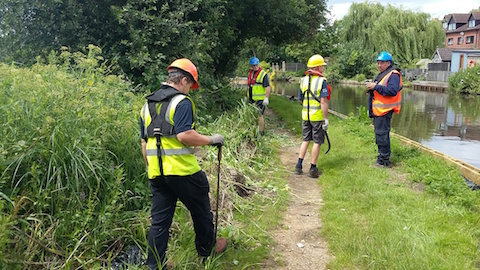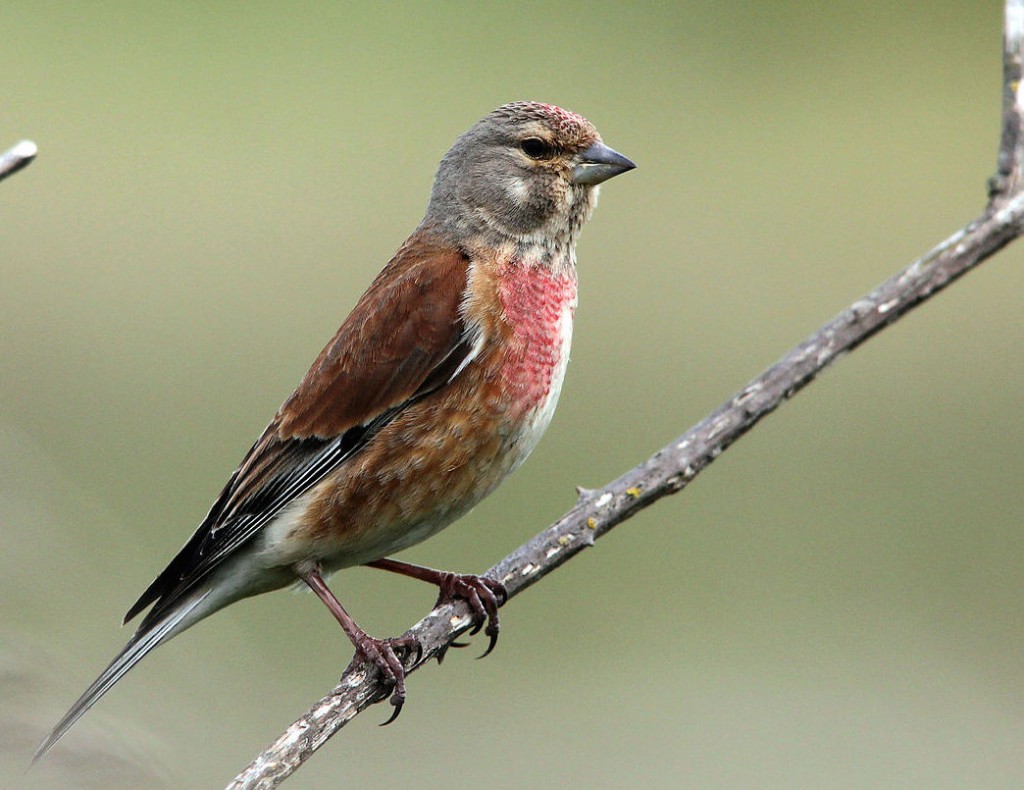 Abraham Lincoln
If given the truth, the people can be depended upon to meet any national crisis...
Abraham Lincoln
If given the truth, the people can be depended upon to meet any national crisis...
 Guildford news...
for Guildford people, brought to you by Guildford reporters - Guildford's own news service
Guildford news...
for Guildford people, brought to you by Guildford reporters - Guildford's own news service
Riff Raff Diary – July 2017
Published on: 11 Jul, 2017
Updated on: 11 Jul, 2017
Riverbank tales from the local St Catherine’s lengthsman and weirkeeper
by Robert Craig
The hot weather experienced during June meant that it has been a particularly busy time along the river with many people choosing to be by the water.
“The lack of rainfall has meant that I made relatively few adjustments to the weirs, in contrast to the same time last year when we experienced a lot of heavy downpours.
The vegetation growth does seem to be slowing a little now but there is still plenty to be done along the length especially on the narrow sections of towpath. I continue to mow Stonebridge Wharf, Millmead and St. Catherine’s locksides, and the visitor moorings. I’ve also strimmed sections of the towpath, including the sharp bend just upstream of Ferry Lane which aids visibility at that point for boats negotiating the corner.

NT staff and volunteers in full protective clothing to help prevent Himalayan balsam being spread during towpath restoration work in 2016.
The battle with the invasive Himalayan Balsam continues with some of it now coming into flower. I shall be dealing with as much of it as possible during this coming month prior to it seeding.
Meadowsweet is also growing in abundance along the river bank, a plant once valued medicinally for its aspirin like qualities.

A handsome cock linnet as referred to in the song “My Old Man (said follow the band…). They were kept caged in Victorian times as song-birds.
Amongst the gorse and bramble there are still good numbers of linnets to be seen. The males are looking particularly handsome with their summer colours of red forehead and breast. The nest is built low down in bushes, close to the ground and sometimes several linnets will nest close to one another. Although not uncommon it always feels like a treat to see them.
Watch out also for the stonechats often seen perched on top of posts, bushes or tall grasses, the male with his sooty black head making their distinctive call sounding like two pebbles being knocked together.
See you by the river.
Recent Articles
- Guildford Institute’s Crowdfunding Project for Accessible Toilet in its New Community and Wellbeing Centre
- Letter: Guildford – Another Opportunity Missed?
- Letter: GBC’s Corporate Strategy – Where Is the Ambition?
- My Memories of John Mayall at a Ground-breaking Gig in Guildford Nearly Six Decades Ago
- Westborough HMO Plans ‘Losing the Heart of the Street’ Says Resident
- College Invests to Boost Surrey’s Economy and Close Digital Skills Gap
- Community Lottery Brings Big Wins for Local Charities
- GBC Housing Plan Promises ‘A Vibrant Urban Neighbourhood’ Near Town Centre
- Hospital Pillows ‘Shortage’ at the Royal Surrey
- Updated: Caravans Set Up Camp at Ash Manor School


Search in Site
Media Gallery
Dragon Interview: Local Artist Leaves Her Mark At One of England’s Most Historic Buildings
January 21, 2023 / No Comment / Read MoreDragon Interview: Lib Dem Planning Chair: ‘Current Policy Doesn’t Work for Local People’
January 19, 2023 / No Comment / Read MoreA3 Tunnel in Guildford ‘Necessary’ for New Homes, Says Guildford’s MP
January 10, 2023 / No Comment / Read More‘Madness’ for London Road Scheme to Go Ahead Against ‘Huge Opposition’, Says SCC Leader
January 6, 2023 / No Comment / Read MoreCouncillor’s Son Starts Campaign for More Consultation on North Street Plan
December 30, 2022 / No Comment / Read MoreCounty Council Climbs Down Over London Road Works – Further ‘Engagement’ Period Announced
December 14, 2022 / No Comment / Read MoreDragon Interview: GBC Reaction to the Government’s Expected Decision to Relax Housing Targets
December 7, 2022 / No Comment / Read MoreHow Can Our Town Centre Businesses Recover? Watch the Shop Front Debate
May 18, 2020 / No Comment / Read More











Recent Comments